MSRP (*Base Edition)
Hybrid REEV | SUV | 318KM
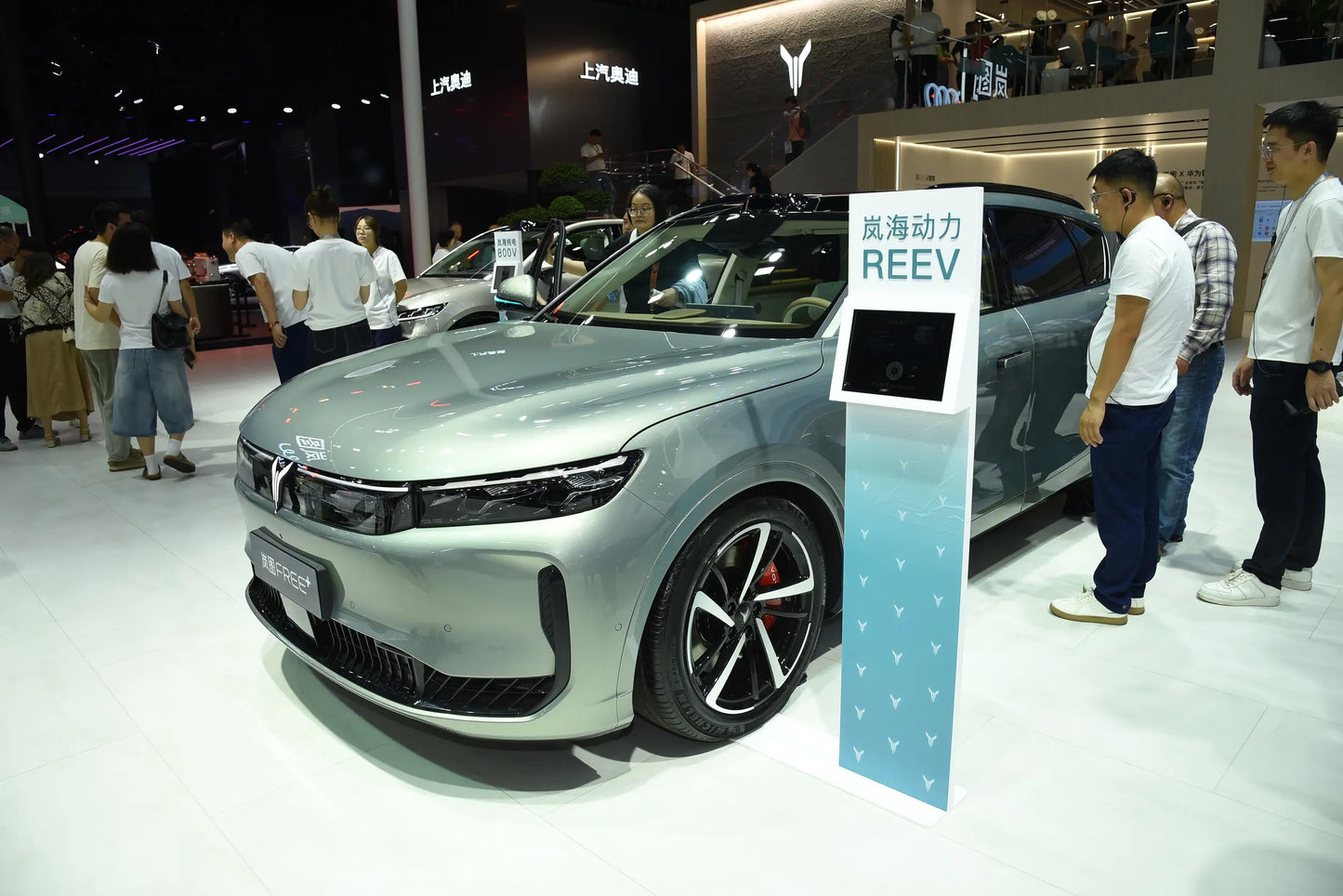
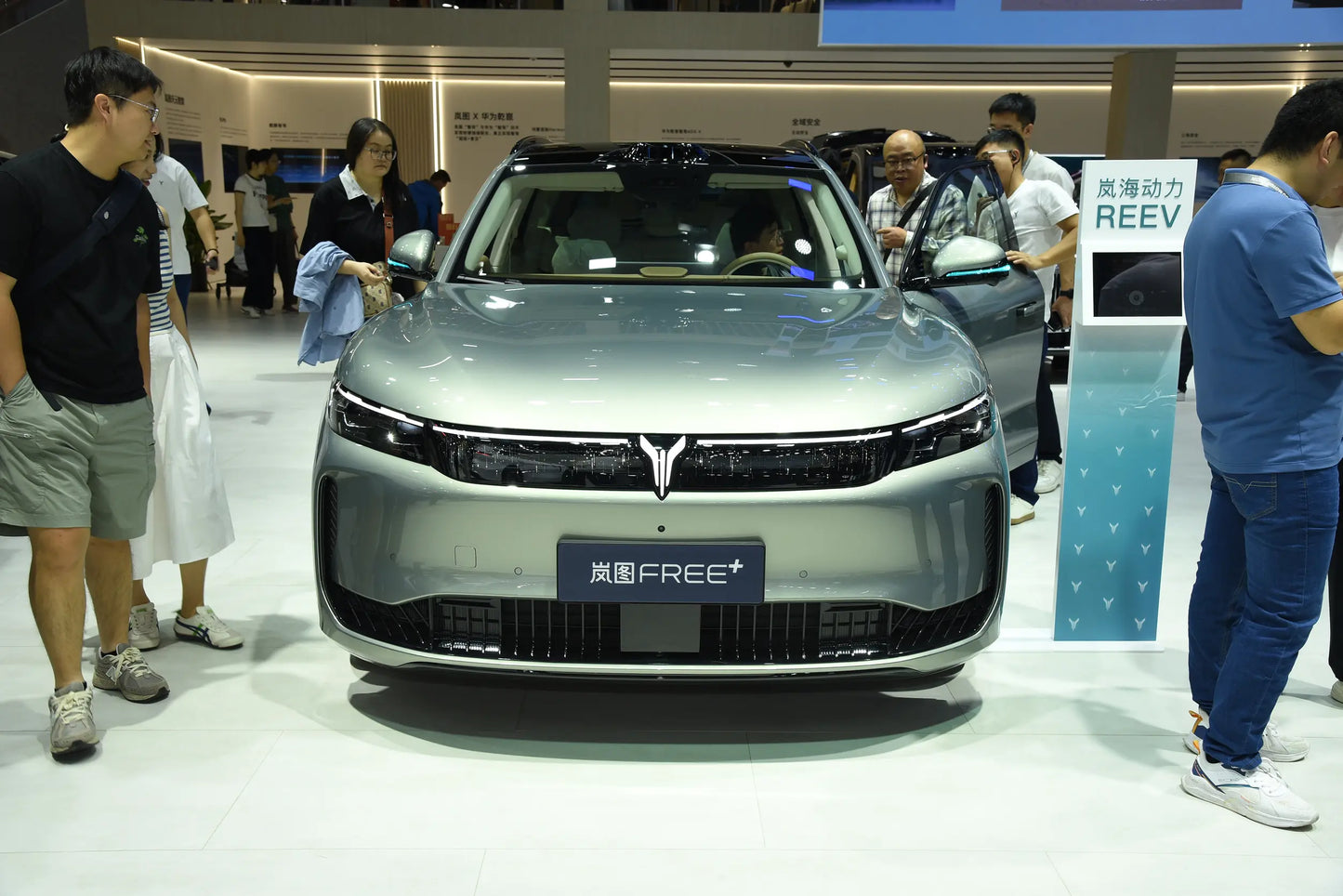
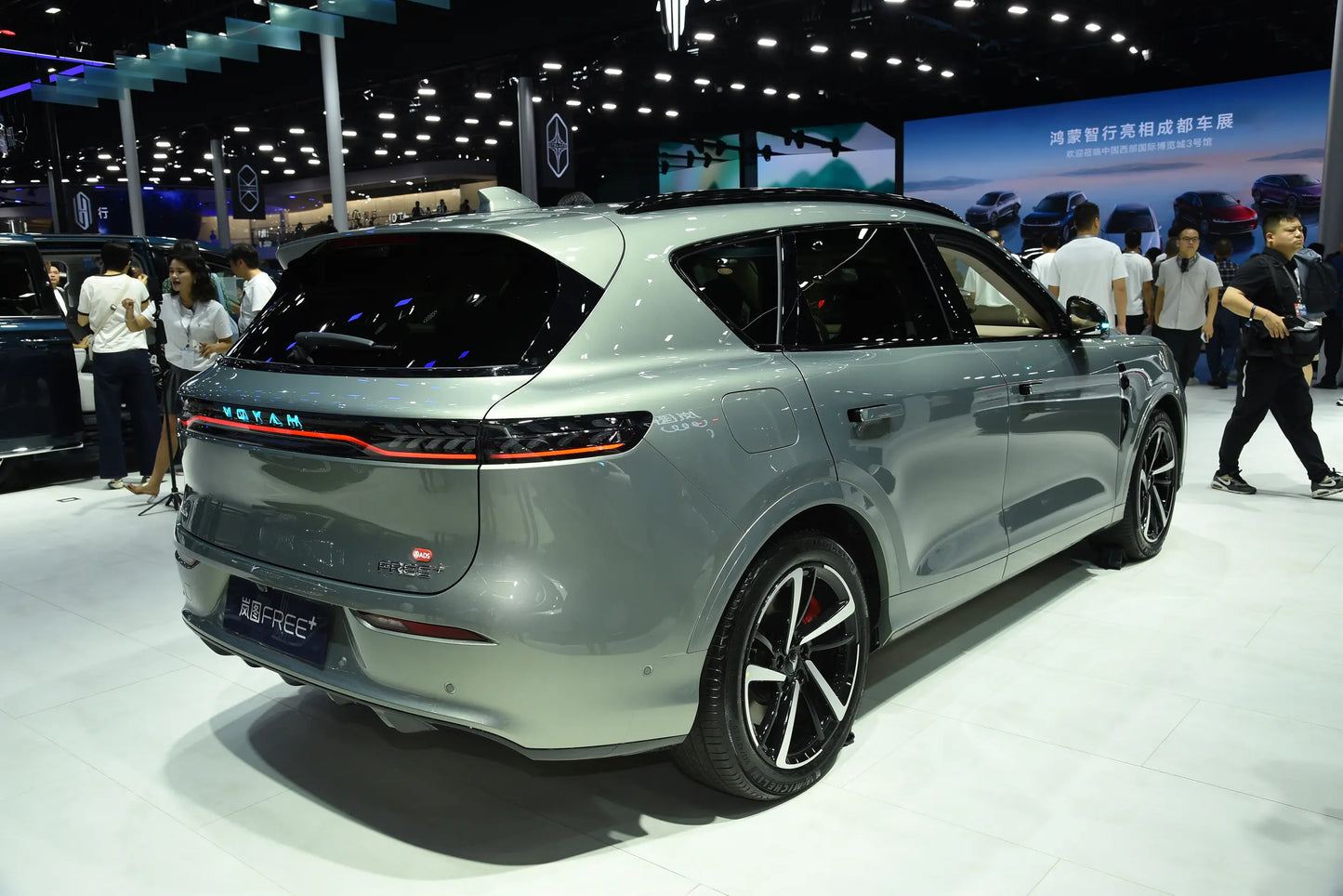
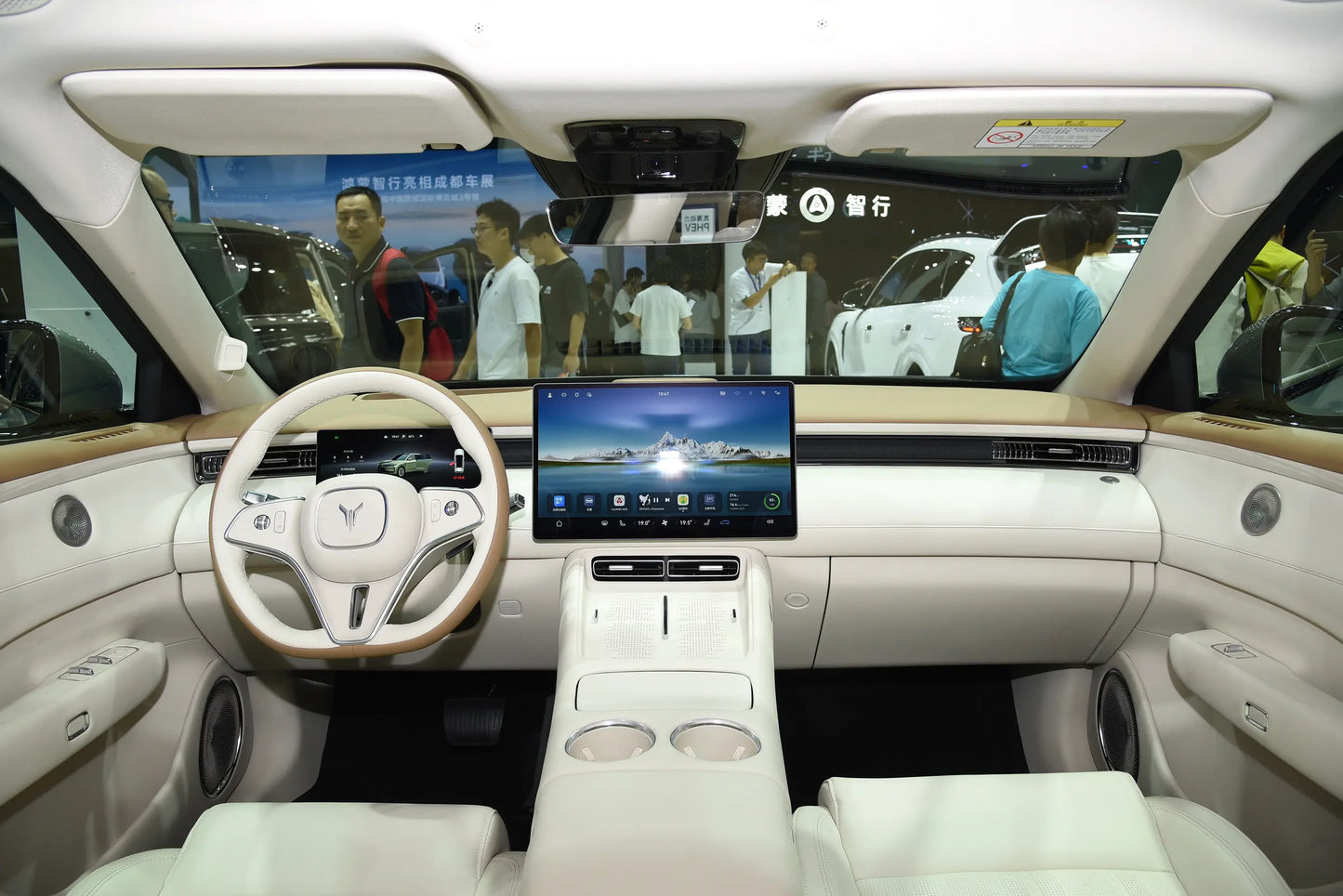
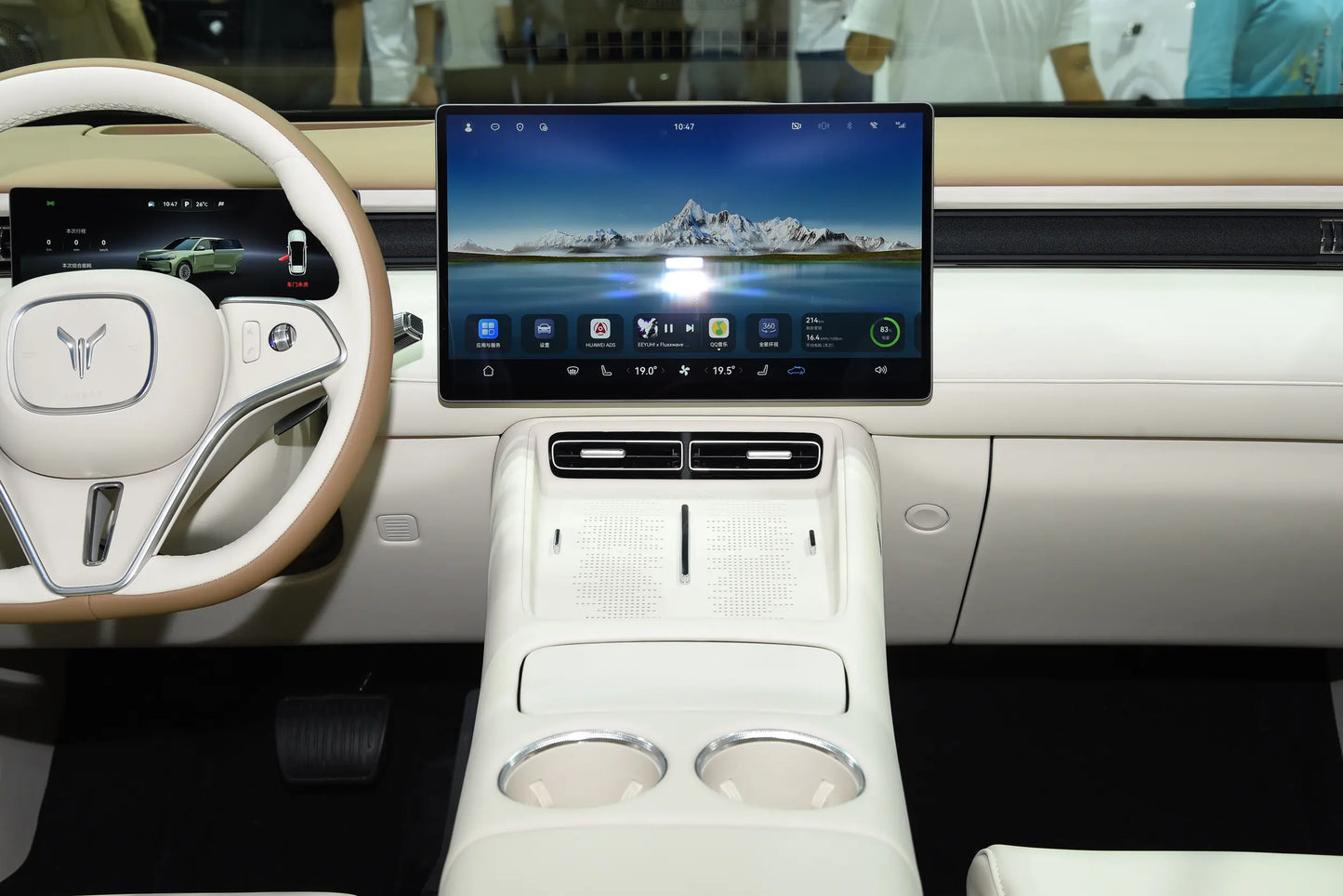
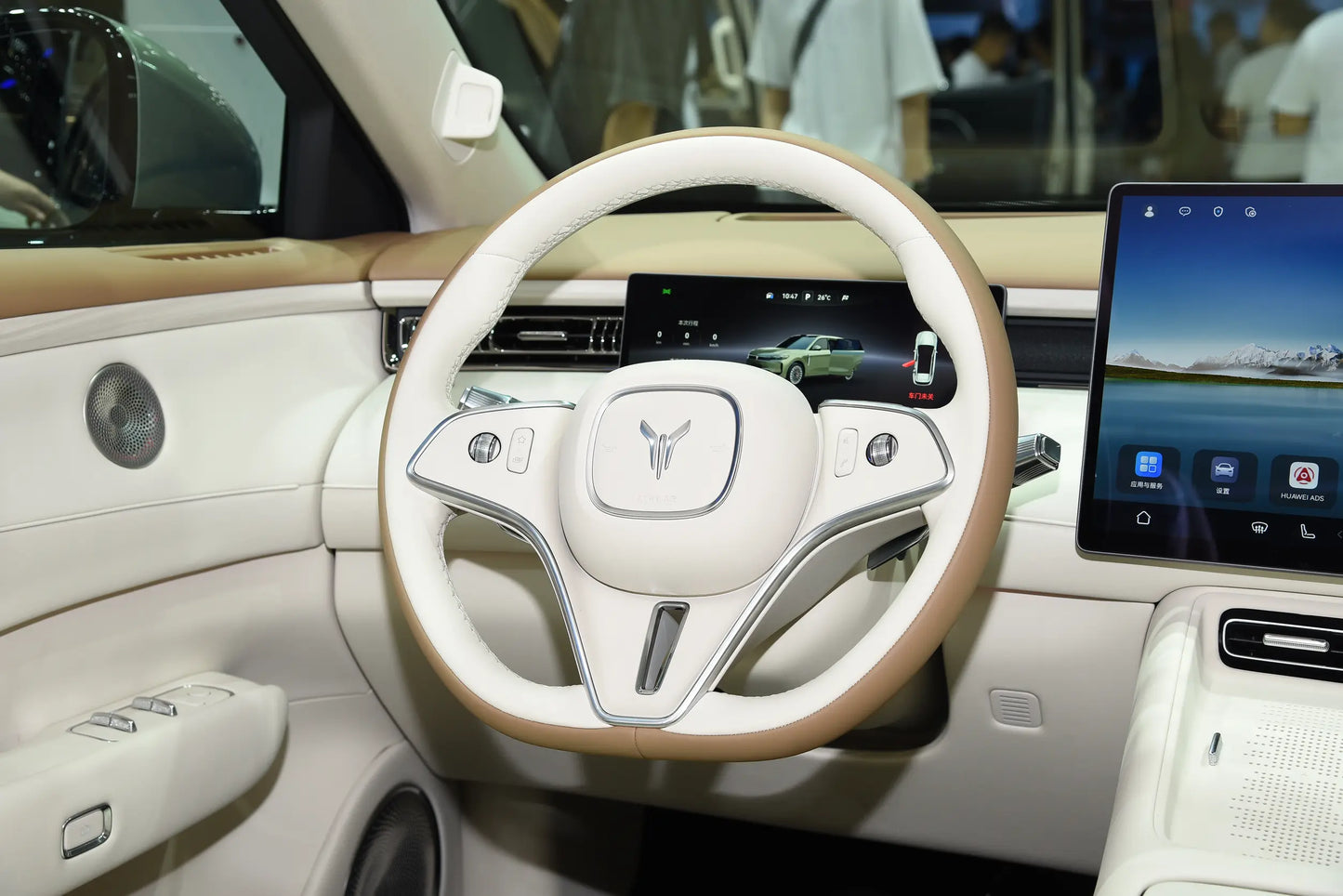
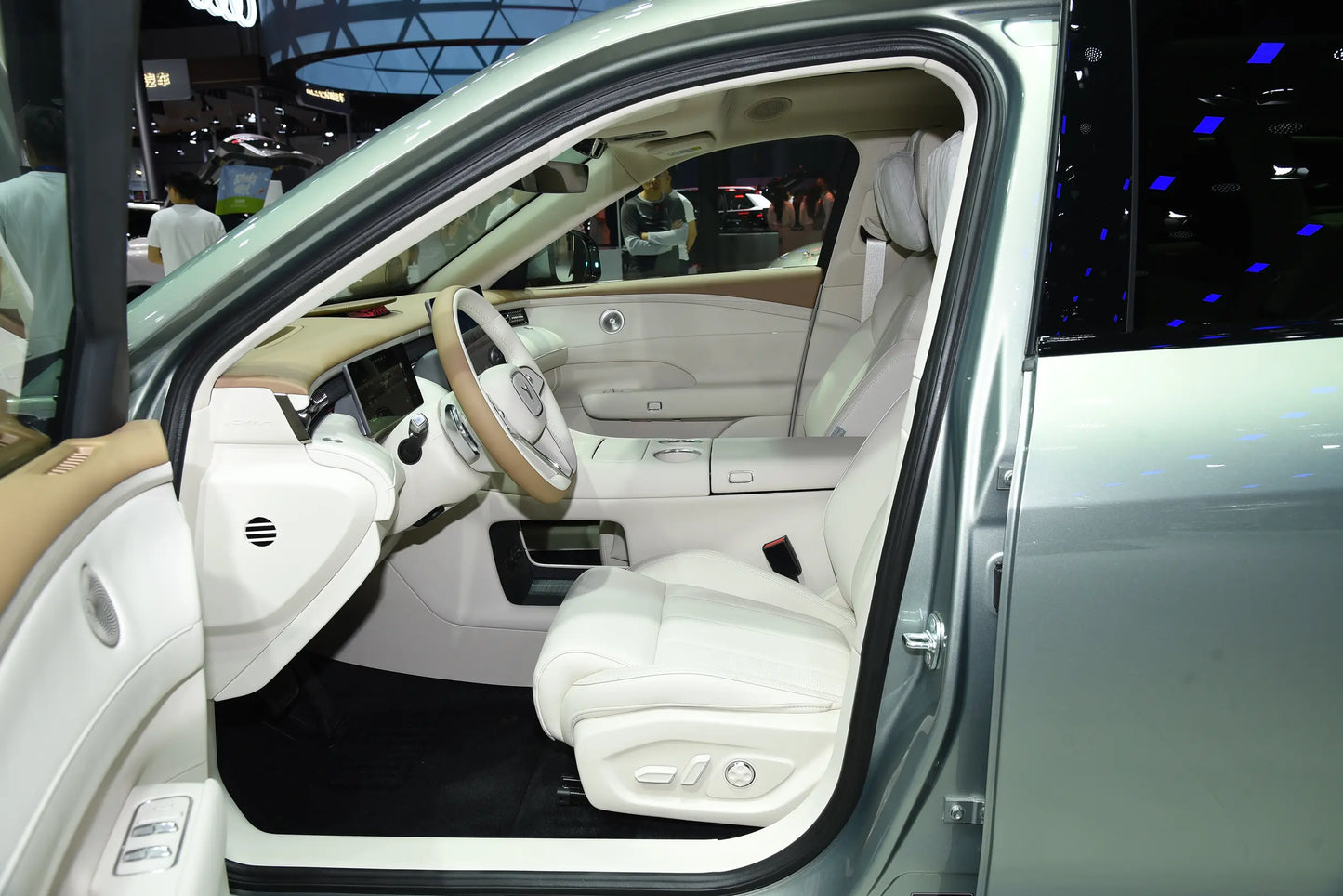
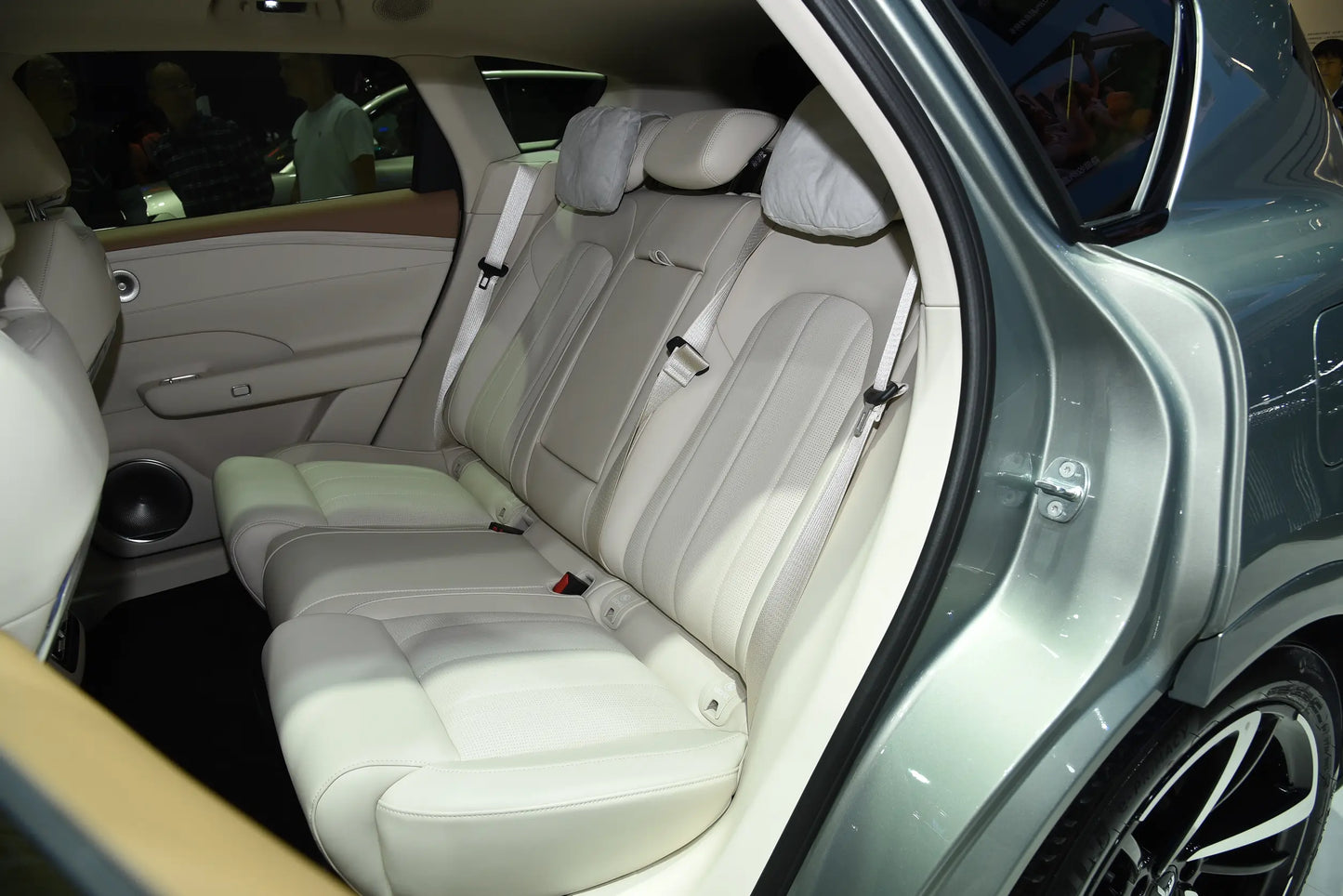
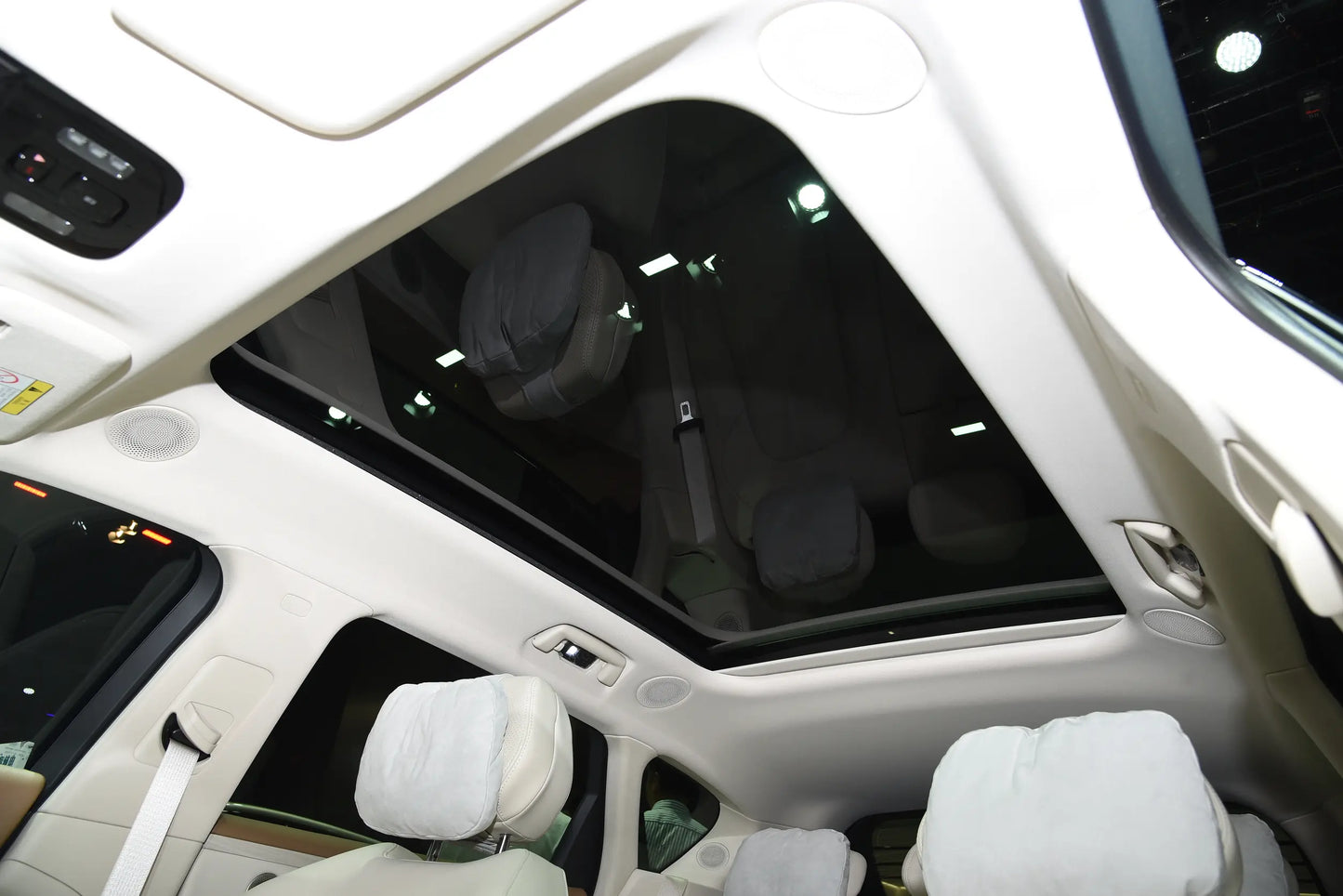
$34,335.00 USD
-
BrandVOYAH
-
Vechile ClassSUV
-
Energy TypeHybrid REEV
-
Pure Electric Range(KM)318
-
Curb Weight (kg)2150
-
Battery Typelithium nickel cobalt manganese battery
-
Total Power of Motor (KW)200
-
Maximum Power(KW)110
-
Total Torque of Motor(N・m)410
-
Maximum Torque(N・m)220
-
Length x Width x Height(mm)4905x1950x1645
-
Official 0-100km/h Acceleration Time(s)7.6
-
Power Consumption(kWh/100km)20.5
-
Equivalent Fuel Consumption (Electricity)(L/100km)/
-
Battery Capacity(kWh)43
-
MaximumSpeed(km/h)180
-
Motor Layoutrear-mounted
-
Transmissionsingle-speed transmission
-
Displacement(L)1.5
-
Intake Typeturbocharging
-
IDre09024
Panoramic Interiors
Video Manual
Authentic on-site shots for an immersive vehicle detail experience
Real Customer Reviews
Source: DCAR
Review A
¡¾Range and Energy Consumption¡¿
It's a bit of an exaggeration to talk about the electric vehicle's range, but the energy consumption is indeed average. The official claimed range is 259 kilometers, but in summer with the air conditioning on, it's actually only about 180 kilometers, which is a big gap compared to Tesla. If you care a lot about energy consumption, this is something to consider.
The car has the Lanqing mode, which is like simulating the shift paddles of a fuel car for upshifting and downshifting, along with throttle sound effects. It does accelerate very aggressively, good for having some fun on your own. I tried it on the road and it scared my partner, but this mode can only be used when there's enough battery; it can't be used when the battery is low.
¡¾Assisted Driving¡¿
I've had the car for 4 days. The Voyah FREE+ has several driving modes. It's recommended to use Comfort mode for daily driving; the suspension is very soft, making it much more comfortable over speed bumps, and there's no obvious»ζ¯ when changing lanes or overtaking. It's advisable to use Sport mode less often, as it feels like energy consumption is higher in this mode and it's not commonly used for daily driving because it's easy to speed, and rear passengers will have a poor and uncomfortable experience. The car's brakes are relatively hard, similar to the Audi Q5, but there's no slack; this is a matter of personal preference.
Huawei's intelligent driving requires driving 100 kilometers first before NCA can be used. Then I completed the intelligent driving test in the car and enabled LCC. LCC is sufficient on highways; it can change lanes by itself when you signal or just follow the car in front. When reaching the highway exit, after driving 100 kilometers, I enabled urban intelligent driving. I had test-driven it before, so I was quite confident. Under normal circumstances, the intelligent driving works fine. The next day, I drove to Qingdao to get window tinting, using intelligent driving all the way on the highway. It was much steadier than a new driver on the highway; there were no issues with highway intelligent driving at all.
But when I took my family out for a drive at night and needed to make a U-turn at an intersection, the intelligent driving had a problem. It changed lanes twice in a row, which scared me into taking over immediately. Because there were grid lines on the ground that it couldn't recognize, it also scared the car behind; others probably thought I was drink driving. So everyone needs to pay attention to taking over in time for urban intelligent driving and not let their guard down. It's fine most of the time, but in rare cases, intelligent driving isn't as flexible as humans. This morning on my way to work, there were no cars in the left-turn lane, but the intelligent driving directly swerved from the left-turn lane to the straight lane. Luckily, I took over in time, adjusted back, and made a U-turn; otherwise, I would have gotten a ticket. So fellow drivers, don't zone out when using intelligent driving, especially in complex road conditions.
I also used the parking function. In the underground garage, you let it memorize the route first, and then it can park by itself, but you need to be in the car. I tried it several times and it was quite reliable, because I was initially worried about it getting scratched, and the garage passage is very narrow.
¡¾Intelligent Cockpit¡¿
The rear seats are a bit longer and more comfortable than the front ones, and the rear seat ventilation is suction-type, which is better than the front's blowing type. There's no need to turn on the front seat ventilation; it's not cool, basically useless, and the wind noise is quite loud.
Review B
¡¾Range and Energy Consumption¡¿
I've been driving it for a month now, covering over 1,000 kilometers, and I'm generally satisfied with the overall energy consumption. The app shows an electricity consumption of 14.8kWh and fuel consumption of 1.5L for August. I originally wanted to buy a pure electric model, but then I thought that an extended-range vehicle with home charging is also an excellent option for city commuting.
Electricity consumption is highly related to driving habits. During the day when I go to work, the displayed electricity consumption is over 17, and on expressways and highways, it's over 20. In the evening when I get off work, the displayed electricity consumption is around 15-16. Personally, I feel that the range of the four-wheel drive version is significantly shorter (about 180 kilometers in summer), which has a certain gap with the official announcement. It can't be said to be excellent. If you commute over 60 kilometers every day, the battery will drop to 30% the next day. Considering leaving 20% reserved, it's easy to have range anxiety (don't ask me why I have to use electricity; it's just the habit of most extended-range vehicle owners. Electricity is cheaper, so use electricity when possible instead of fuel). If you have range anxiety, you must have home charging for an extended-range vehicle; otherwise, consider a pure electric model.
¡¾Driving Experience¡¿
Previously, my family had a Mazda Ruiyi, a BMW X1, then a Voyah Zhuiang, and recently a new Model Y, all of which are very good in handling. From my personal driving experience, the Model Y has the most enjoyable driving experience, and the Free+ can only be considered balanced. The Free+ is my second Voyah, and I think its tuning is quite satisfactory (not as good to drive as the same brand's Zhuiang).
¡ñ For daily driving, I use Comfort mode, with braking and regenerative braking set to intermediate levels. It's a bit close to driving the BMW X1, but the chassis is a bit soft. When going over speed bumps or potholed roads, the shock absorption is clean and neat, occasionally with obvious rebound over bumps, like a trampoline (depends on personal preference); in Sport mode, regenerative braking is strong, road feel is more pronounced, and the handling is very good (no sluggishness of a large car). However, the regeneration is too strong, and I think it needs manual adjustment of regenerative braking.
¡ñ Regarding the¹ÙÐûµĵ×ÅÌ EDC's shock absorption effect, I don't think it has the exaggerated comfort as advertised, especially not much different from other brands' CDC shock absorption (I previously drove the Voyah Zhuiang with front double wishbone, rear five-link + CDC magic carpet), and the ride comfort is acceptable.
However, to be fair, compared with most SUVs, Voyah's tuning is okay. If it's just about personal driving, sports models (like Model Y, etc.) are better to drive, with strong directionality and lighter body for easier handling.
¡¾Driver Assistance¡¿ The point-to-point intelligent driving is generally okay, feeling better than some but worse than others. It's fine for most travel scenarios, but it's not as good as´µÐêµÄ.
Some calculations are not very reasonable. For example, when merging into the main road from a ramp, if a vehicle cuts in and it can't get in, it will directly disengage; also, if you just start using it, you'll feel its strategy is a bit aggressive, either too sudden or too timidly backing down. After driving for nearly 2 months, lane changing, overtaking, and response are okay, and the automatic parking experience is good (most intelligent driving systems can do this too).
? The disadvantage is obvious: it easily disengages when there's heavy traffic in urban areas.
? The in-vehicle voice assistant is a bit silly, with mechanical responses, and it hasn't been connected to a large model yet;
? The most unsatisfactory thing is that I came for the Huawei in-vehicle system, but found it not as good as imagined. For example, the app store doesn't have many apps, many of which I've never heard of, and it doesn't support downloading other apps; for example, phone projection only supports Huawei series, not other Android phones.
¡¾Space Performance¡¿Overall, it's okay. The main thing is that the seats are lengthened and thickened, which sacrifices legroom in exchange for improved comfort. In terms of long sitting comfort, it can get a positive review, but the visual sense of space is relatively small. The trunk space is good. Compared with Model Y and L60, it lacks a sunken space, but it's overall sufficient:
Advantages: The front passenger zero-gravity recline is liked by my wife and kids. It's very comfortable to lie flat during lunch breaks or when waiting to pick up kids from tutoring; the thickened seats have obvious lumbar support, and the seat material is skin-friendly and feels comfortable to the touch.
? The disadvantage is that because the seats are thickened to improve comfort, the seat ventilation effect is weakened. I picked up the car in July, which is summer, and it's hot to sit on; the car had a smell when picked up, which dissipated a bit after about 2 weeks. It's recommended to expose it to the sun; compared with vehicles in the same price range, it's a pity that the seats are not equipped with genuine leather.
¡¾Service Experience¡¿I'm in Wuhan, and there are many stores. The response and resolution efficiency of the exclusive group established with car owners are quite good.
Overall: With factory subsidies + lifetime three-electric system warranty, it's worth considering.
Review C
¡¾Range and Energy Consumption¡¿
The range of electric vehicles is a bit exaggerated, but the power consumption is indeed average. The official claimed range is 259 kilometers, but in summer with the air conditioning on, the actual range is only about 180 kilometers, which is a big gap compared to Tesla. If you care about power consumption, this needs to be considered.
This car has the Lanqing mode, which is the paddle shifters simulating fuel vehicle gear changes, along with throttle sound effects. It does accelerate very aggressively, suitable for a fun drive on your own. I tried it on the road and it scared my partner, but this mode can only be used when there is sufficient battery; it can't be used when the battery is low.
¡¾Assisted Driving¡¿
I've had the car for 4 days. The Voyah FREE+ offers several driving modes. For daily driving, Comfort mode is recommended¡ªthe suspension is very soft, making it much more comfortable when going over speed bumps, with no noticeable shaking during lane changes or overtaking. Sport mode is best used sparingly, as energy consumption seems higher in this setting, and it's less practical for everyday use due to the tendency to speed up easily, which can result in a poor and uncomfortable ride for rear passengers. The braking on this vehicle is quite firm, similar to the Audi Q5, but there's no slack¡ªthis aspect comes down to personal preference.
Huawei's intelligent driving requires driving 100 kilometers before NCA can be used. Then I completed the intelligent driving test in the car first and turned on LCC. LCC is sufficient on highways; it can change lanes by itself with the turn signal or follow the vehicle in front. When reaching the highway exit, after driving 100 kilometers, I turned on urban intelligent driving. I had test-driven it before, so I was quite confident. Under normal circumstances, the intelligent driving works fine. The next day, I drove to Qingdao to get window tinting, using intelligent driving all the way on the highway. It was much more stable than a new driver on the highway, and there were no issues with highway intelligent driving at all.
However, when I took my family out for a drive at night and passed an intersection to make a U-turn, the intelligent driving system malfunctioned. It changed lanes twice consecutively, startling me into immediately taking control. The system failed to recognize the grid lines on the road, which also alarmed the car behind us¡ªothers might have thought I was driving under the influence. Therefore, everyone should remain vigilant about timely manual intervention during urban intelligent driving and not become complacent. While it works fine most of the time, in a few situations, intelligent driving isn't as adaptable as human drivers. This morning on my commute, there were no cars in the left-turn lane, yet the intelligent driving system attempted to go straight from the left-turn lane. Fortunately, I took over promptly and corrected course to complete the U-turn, otherwise I would have been penalized with points again. So fellow drivers, stay focused when using intelligent driving, especially in complex road conditions.
I also used the parking function. In the underground garage, I let it memorize the route first, and then it could park by itself, but I needed to stay in the car. I tried it several times, and it was very reliable because I was initially worried it might scratch the car¡ªthe garage passage is very narrow.
¡¾Smart Cockpit¡¿
The rear seats are longer and more comfortable than the front ones, and the rear seat ventilation uses suction, which is better than the front's blowing type. There's no need to turn on the front seat ventilation; it doesn't cool effectively and is basically useless, plus the wind noise is quite loud.
¡¾Smart Cockpit¡¿
The rear seats are longer and more comfortable than the front ones, and the rear seat ventilation uses suction, which is better than the front's blowing type. There's no need to turn on the front seat ventilation; it doesn't cool effectively and is basically useless, plus the wind noise is quite loud.











